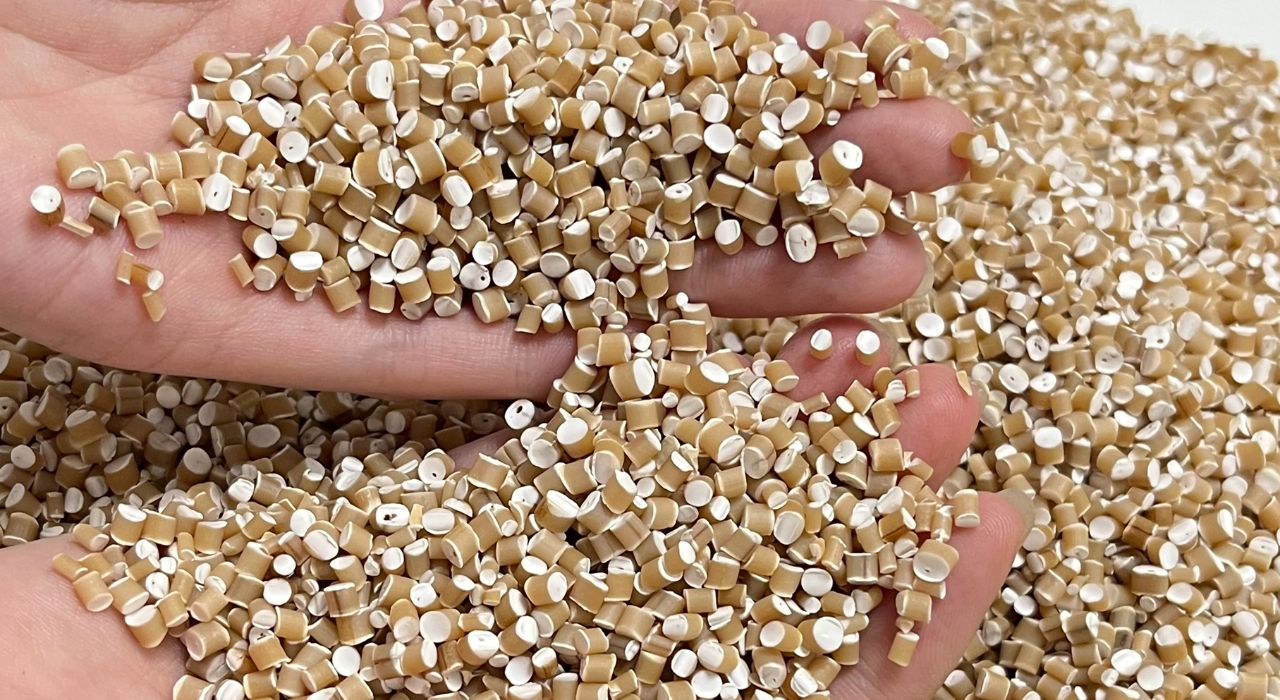Negative Carbon Footprint: How Individuals and Businesses Make a Difference

In the face of escalating climate change concerns, achieving a negative carbon footprint has become an urgent imperative for individuals and businesses alike. The concept of a negative carbon footprint goes beyond simply reducing emissions; it involves actively removing carbon dioxide from the atmosphere to restore balance.
In this blog, we will explore the vital role that individuals and businesses play in making a positive impact on the environment. By implementing sustainable practices, and adopting carbon-negative solutions, individuals and businesses can significantly contribute to reducing their negative carbon footprint and creating a sustainable future for generations to come.
Understanding Negative Carbon Footprint
In today's world, where the effects of climate change are becoming increasingly evident, the concept of a negative carbon footprint has gained significant attention. A negative carbon footprint refers to the net removal of carbon dioxide from the atmosphere, effectively reducing the amount of greenhouse gasses that contribute to global warming. This is achieved through various innovative approaches and sustainable practices.
One of the key strategies for achieving a negative carbon footprint is the adoption of carbon capture and storage technologies. These technologies involve capturing carbon dioxide emissions from industrial processes and storing them underground or repurposing them for other uses. By implementing such technologies, businesses can actively work towards reducing their overall carbon footprint and contributing to a more sustainable future.
Another approach to achieving a negative carbon footprint is the implementation of renewable energy sources. By transitioning from fossil fuel-based energy to renewable sources like solar, wind, or hydropower, businesses can significantly reduce their carbon emissions. Renewable energy not only provides a cleaner alternative to traditional energy sources but also helps in mitigating climate change by minimizing greenhouse gas emissions.

Furthermore, businesses can embrace sustainable manufacturing practices that prioritize resource efficiency, waste reduction, and recycling. By optimizing production processes, minimizing energy consumption, and utilizing eco-friendly materials, companies can reduce their negative impact on the environment and contribute to a negative carbon footprint.
Additionally, adopting circular economy principles can play a crucial role in achieving a negative carbon footprint. This involves designing products with longevity in mind, promoting reuse and recycling, and minimizing waste generation. By embracing the circular economy, businesses can minimize resource extraction, reduce greenhouse gas emissions associated with production, and extend the lifespan of products.
Furthermore, consumer awareness and demand for sustainable products and services are driving businesses to adopt negative carbon solutions. Companies that actively work towards reducing their carbon footprint can gain a competitive edge, attract environmentally conscious customers, and enhance their brand reputation.
How Business can Reduce Negative Carbon Footprint
Reducing the negative carbon footprint of businesses has become a critical priority in the fight against climate change. By adopting effective strategies and innovative solutions, businesses can significantly contribute to reducing their carbon emissions and transitioning to a more sustainable future.
Embracing Carbon Negative Materials:
One of the innovative ways for businesses to reduce their negative carbon footprint is by adopting carbon negative materials such as plant-based plastic. Traditional plastics derived from fossil fuels are major contributors to carbon emissions.

However, by substituting these materials with carbon negative alternatives like plant-based plastic, businesses can significantly decrease their carbon footprint. AirX, for example, produces plant-based plastic made from renewable resources like by-products, offering a viable and sustainable solution.
Implementing Sustainable Supply Chains:
Another key aspect of reducing negative carbon footprint is optimizing supply chains for sustainability. Businesses can achieve this by collaborating with suppliers who prioritize environmentally friendly practices and sourcing materials locally to minimize transportation emissions. By implementing sustainable logistics and supply chain management strategies, businesses can reduce their carbon footprint and create a more sustainable operational framework.
Investing in Energy Efficiency:
Energy consumption is a significant contributor to carbon emissions in many industries. Businesses can actively reduce their negative carbon footprint by investing in energy efficiency measures. Conducting energy audits, upgrading equipment to energy-efficient alternatives, and implementing smart building technologies can result in substantial energy savings and emissions reductions.
Adopting Renewable Energy Sources:
Transitioning to renewable energy sources is a crucial step for businesses aiming to achieve a negative carbon footprint. By investing in solar panels, wind turbines, or other renewable energy technologies, businesses can generate clean and sustainable energy to power their operations. Additionally, entering into power purchase agreements with renewable energy providers allows businesses to source their energy from renewable sources, further reducing their carbon emissions.
Promoting Employee Engagement and Sustainability Initiatives:
Businesses can also engage their employees in sustainability initiatives to reduce their negative carbon footprint. Encouraging employees to adopt eco-friendly practices like carpooling, using public transportation, or working remotely can help decrease transportation-related emissions.
Moreover, implementing recycling programs, promoting paperless practices, and raising awareness about sustainable consumption among employees can lead to significant reductions in carbon emissions.
Reducing the negative carbon footprint of businesses is a collective responsibility that requires proactive and strategic actions. By embracing carbon negative materials like plant-based plastic produced by AirX, optimizing supply chains, investing in energy efficiency, adopting renewable energy sources, and engaging employees in sustainability initiatives, businesses can make a substantial impact on reducing their carbon emissions.
How Individuals can Reduce Negative Carbon Footprint
In the battle against climate change, the importance of individual actions cannot be understated. Each person has the power to make a significant impact by reducing their carbon footprint and even striving towards a negative carbon footprint. By actively taking steps to minimize greenhouse gas emissions and adopting sustainable practices, individuals can play a crucial role in combating climate change and creating a more sustainable future for all.

Achieving a negative carbon footprint goes beyond just offsetting one's emissions—it involves actively reducing emissions and sequestering carbon from the atmosphere. Here are some actionable steps individuals can take to achieve a negative carbon footprint:
- Energy Conservation: One of the most effective ways to reduce emissions is by conserving energy. This can be achieved by using energy-efficient appliances, turning off lights and electronics when not in use, and utilizing natural lighting and ventilation whenever possible. Additionally, consider investing in renewable energy sources such as solar panels or wind turbines for your home.
- Sustainable Transportation: Transportation is a significant contributor to carbon emissions. Opt for greener alternatives like walking, cycling, or using public transportation whenever feasible. If you must use a car, choose a fuel-efficient vehicle or consider carpooling and ride-sharing options. Electric vehicles are also a great option to significantly reduce carbon emissions.
- Waste Reduction and Recycling: Minimize waste generation by practicing the 3 R's: Reduce, Reuse, and Recycle. Cut down on single-use plastics, opt for reusable products, and separate recyclable materials from general waste. Composting organic waste can also contribute to sequestering carbon in the soil.
- Sustainable Diet Choices: The food we consume has a carbon footprint as well. Opt for locally sourced, organic, and seasonal produce. Reduce meat consumption, as livestock production is a significant source of greenhouse gas emissions. Consider adopting a plant-based diet, which has been shown to have a lower carbon footprint.
- Tree Planting and Restoration: Planting trees and supporting reforestation efforts is a powerful way to sequester carbon dioxide. Participate in tree-planting initiatives in your community or contribute to organizations focused on forest conservation.
By implementing these practices, individuals can reduce their carbon footprint and even achieve a negative carbon footprint. It is essential to remember that small actions can have a cumulative effect, and each individual's contribution is valuable in the fight against climate change. Embracing sustainable practices not only benefits the environment but also promotes a healthier and more sustainable lifestyle for future generations.
Let us come together and make a positive difference by striving for a negative carbon footprint.
>>> Learn more: Negative Carbon Emissions: Game-Changer Against Climate Change
Contact us
AirX is the world's first carbon-negative bio-material made from coffee grounds manufacturer.
We specialize in producing bio-based composites using recycled carbohydrates derived from by-products such as coffee grounds, coconut husk, husk, and bamboo. Our goal is to promote sustainability through the use of eco-friendly materials.
We are always here to help and provide the best service possible. If you have any questions or would like to receive advice and feedback directly from our sales staff, please do not hesitate to contact us. You can reach us through:
- Whatsapp: +84 969 742 950
- Email: [email protected]
We look forward to hearing from you!

